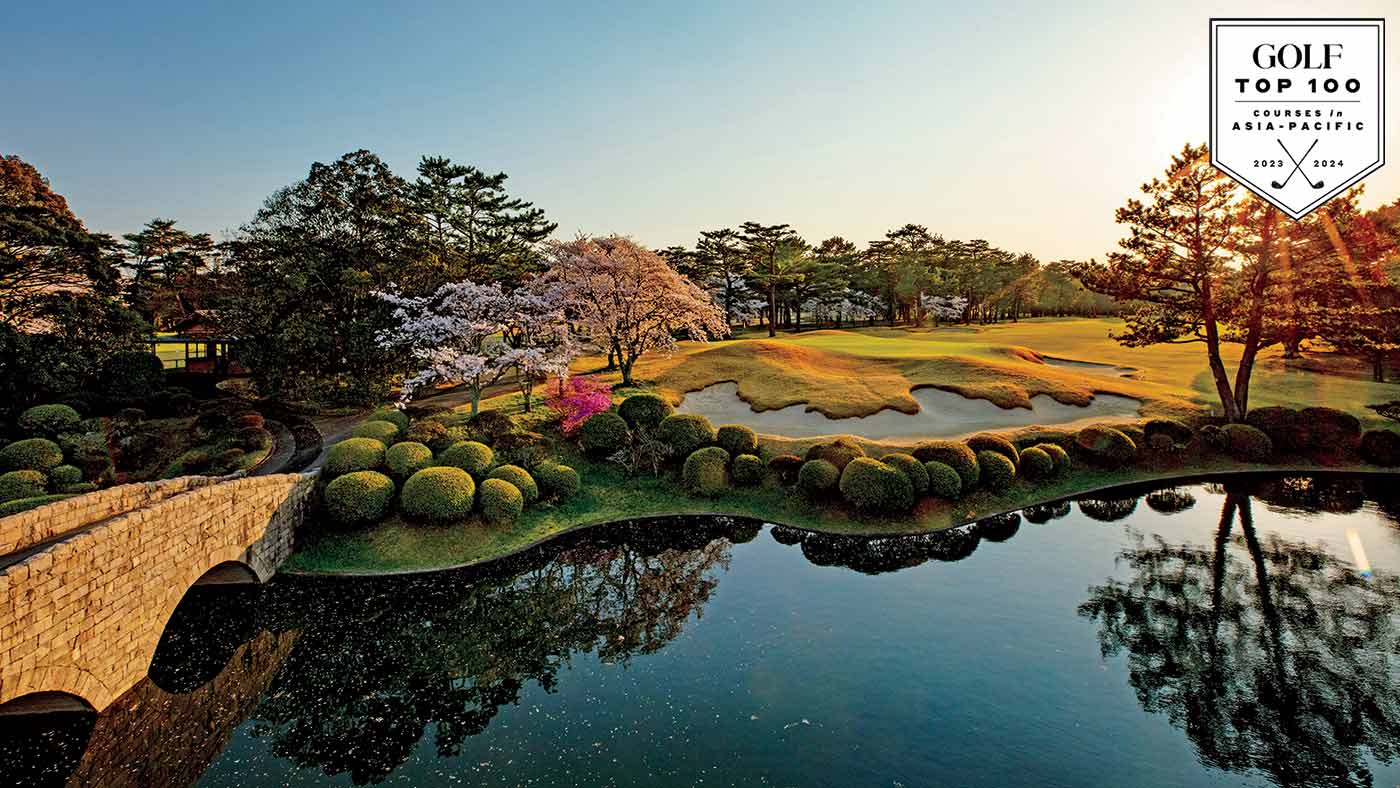Course Rater Confidential: What should a first-time traveler know about Asia-Pacific golf?

Hirono in Miki-Chi, Japan.
Taku Miyamoto
GOLF’s Top 100 course panelists are among the most respected and well-traveled course evaluators in the game. They’re also keen to share their opinions. In this GOLF.com series, we’ll unlock their unvarnished views on all questions course-related. Check out GOLF’s latest Top 100 Courses in the U.S., Top 100 Courses in the World, Top 100 Courses You Can Play, Best Municipal Courses in the U.S., 100 Best Short Courses and 100 Best Courses in U.K. and Ireland. Meet all of our Top 100 panelists here.
GOLF’s inaugural ranking of the Top 100 Courses in Asia-Pacific is out, and we’re here to break it all down. We all know that golf is golf, no matter where it’s played. But we also know that the cultures and customs around golf vary from one place to another. Any insights you can share about Asia-Pacific golf that might help a first-time traveler prepare? Anything worth noting about caddie culture, accessibility of courses, tipping, pace of play, dress codes or other expectations?
Masa Nishijima (panelist since 1991): Caddies in Asia are mainly women who have learned English to accommodate overseas guests. You pay the caddie fee when you check out, and you should feel free to tip for good service. At many private clubs, you’ll need to submit your bio and any club affiliation by e-mail or fax a few months in advance to see if it’s possible to play or not. Be sure to inquire about dress codes. In Japan, there are clubs that are strict about what to wear. Also, some clubs may require members to accompany you. If you don’t have any members, the club may find someone who can play with you.
John Cornish (panelist since 2017): Preparation is the key for any golf traveler. The norms of your local course and your personal expectations may vary significantly from another club or even country. Embracing the customs and traditions of host courses is important, nowhere more so than in Japan. I researched my Japanese host clubs heavily and tried to follow their customs to the letter. A day of golf in Japan often consists of arriving in a formal Jacket, taking coffee with your host, playing the front nine interrupted by lunch/beer before returning to the course for the second nine, and finishing with an Onsen bath. The staff is welcoming and friendly, the caddies are enthusiastic and really know what they’re doing, and the courses are outstanding.
Thomas Brown (panelist since 2015): Playing with local members or expatriate Westerners may be the best opportunity to learn the local customs. Booking tee times is widely available via local tour operators in all countries featured on this Top 100 list. Years ago, I found an unusual welcome when I joined a society of low-handicap and aspiring golf professionals from various Asian mini-tours. When the opportunity allowed, I would often drop in on their monthly scratch-medal tournaments. As I traveled more, I realized that loosely formed golf societies of expatriates exist in all Asian countries and are generally welcoming of visiting golfers. Asking local golfers who you are playing with that day for advice is the most practical approach. One difficult lesson I learned: in a country with a president or monarch on the currency, it is better to use a plastic marker to mark your ball than put the coin on the green with the leader of the country facing down. Enjoying your time in the clubhouse after your round with customary celebrations of local food and drink is the best compliment you can pay your host or playing partners.
Gary Lisbon (panelist since 2011): Caddies are common throughout Asia and can add greatly to the golf experience. I find their ability to read putts is extraordinary and their pleasant demeanor contributes to what is generally a good day out. They get paid a pittance by Western standards — why not bless them with a large tip? It will make their day and not cost you much at all. Pace of play is not exactly brisk in certain countries in Asia. I like to play fast. I recently returned from an Asian country, where, playing in motorized carts with caddies, the recommended pace of play for a fourball was — wait for it — 5 hours and 50 minutes. Thankfully, we were ahead of the field and finished much sooner than that. Golf in Asia is generally slow-paced. In Australia, it’s fast and in New Zealand, in between.
Michael Goldstein (panelist since 2019): Golf in Asia can be a real experience. Memories of a manic taxi ride through Bo’ao, in China, to get to Shanqin Bay’s pre-opening in 2011 are hard to shake. My advice would be to embrace everything about golf travel in faraway lands — the people, the food, the caddies, the unique golfing cultures. In Asia, it’s also best to leave plenty of time.








